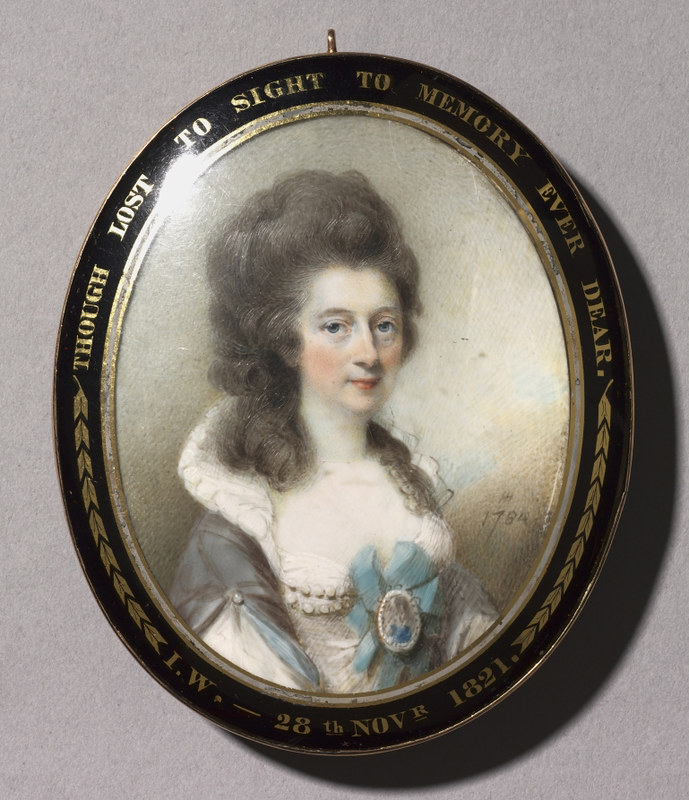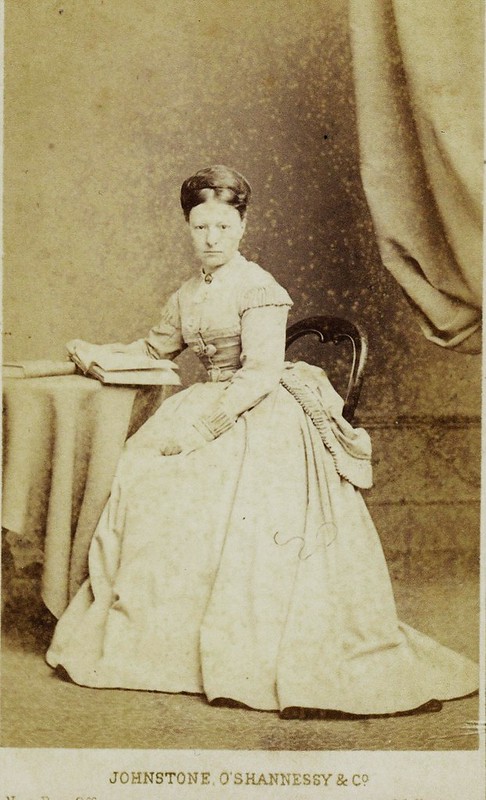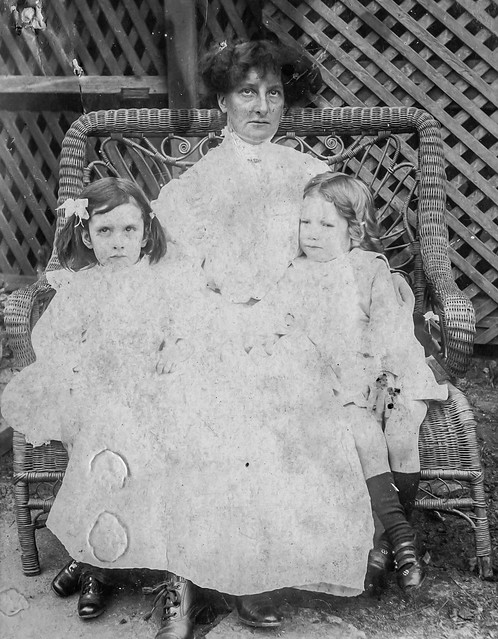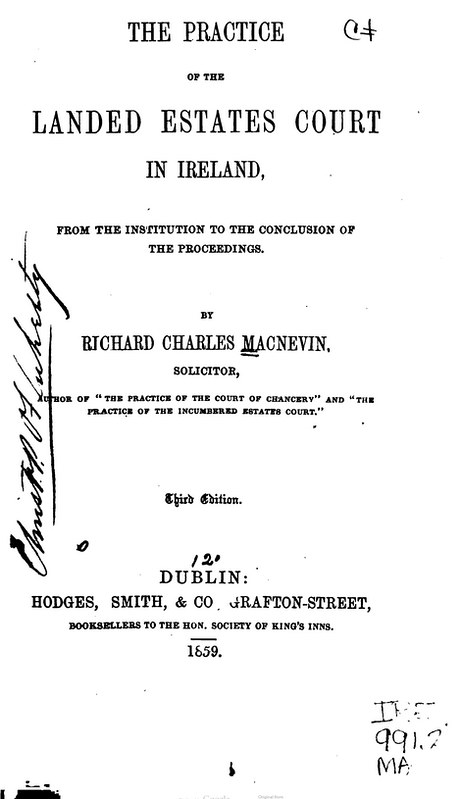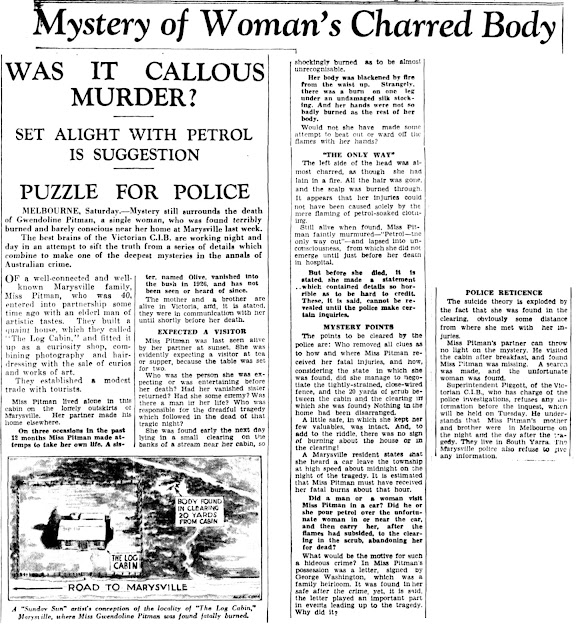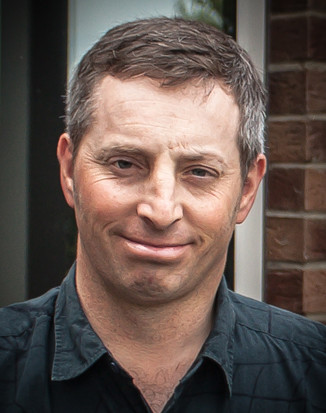For the past few months, I started to get a little more involved with my Maternal Grandmother's Atkinson family. See, my Grandmother (Dorothy Wendy) was born as an Atkinson.
Her Father - William Thomas, was alive when I was knowledgeable enough to know of him. However, after repeated calls to see him or atleast meet him, my Grandmother kept his life away from mine. At the time, I was bit disappointed of my Grandmother then and still am now. But I understand why she did it.
Around 1992, William passed away and was within a week or so of my Paternal Grandfather passing away too, so it made it all a bit more difficult to come to terms that I would never get to meet him.
The reason for my disappointment, was because my Grandmother never really spoke "why" she would never allow me to visit or see him. She kept a lot of "Family stuff" hidden away, never to be talked about (on both sides). I had to learn of the real reason, many years later from my Great Aunt. William apparently wasn't really wanting to know of other people or even talked a lot to his children. That's sort of the impression I got. If my Grandmother had of sat me down and explained it that "he's not the sorta guy you want to get to know" type of conversation, I would of have understood that maybe, somethings in Families just don't work. As I've grown older (and the colloquial wiser), I see it very clearly, that being a Family or indeed a closely-knit family that enjoys being together, is very hard to have these days. We are so very busy and diverse these days, that what was family life 50-60 years ago, has a different meaning today.
So with that in mind, I am rekindling a lost contact - The Atkinsons of Newry, Co. Down, Ireland.
After many years of delving into Family History, I had a tough time in researching this Atkinson family line, simply because I found it too hard to find correct information at a very close level.
If I get the close level stuff wrong, then the whole tree will be out and the potential for many many hours to be wasted, would be very difficult to get back.
I tried to use DNA, but I kept running into a lot of deadends, simply because I didn't have enough family names, to work out links or connections.
I lost interest a few years ago, because I was getting nowhere, that is, until I used a bit of willpower to understand these Atkinsons.
Probably my first fatal flaw, was to "assume", that my Atkinson lineage, was British. Indeed, it is, but something was different to my line. I couldn't pick it. They just didn't match where I wanted to match.
I had more connectivity to the British Atkinson name, via my Father's DNA, rather than my Mother's.
What the...... My hands went up in the air in frustration, had to walk away from the monitor before it got smashed - type of thing. It just kept coming up with deadends.
This is where I had to come back to basics, this is where I went to ground, with that lovely page called Trove and using the BDM in the State of Victoria (Birth's-Death's-Marriage's) to work out legitimate links that can be proven.
This was my "eureka" moment (pardon the pun). As I got more in depth, I realised that I had found a Geelong/Ballarat connection. Not long after that, I found out that these Atkinson's came over to Australia (as a large family), from Newry Co. Down Ireland. Directly after the Famine.
As soon as I found this connection to Newry, it blew my mind, as it wasn't what I had expected, I thought they had come from England, not Ireland.
Time went on and I found that my Grandmother, descended from an Arthur Atkinson with his wife Maria Atkinson (nee Clough). Arthur was born in Newry Co. Down, but Maria was born Manchester England. Somehow, Maria ended up in Newry.
This Atkinson name, is of Northern Irish stock and from what I understand of it, to be a product of the "Planter Era" (1590's +), however I have no source to confirm this (yet). However, when you have a lot of Planter families and you know the history of 1590-1650 era, you would see what dark history it ties to. What I am trying to understand, how many generations does this Atkinson line, survive in Northern Ireland for (is it Pre 1650 or Post 1650).
Some of the details given by various documents (the Australian sources), has some parts either missing/covered over by tape and or had loose ages. So a lot of maths had to be involved.
Arthur was born in c.1810 in Newry Co. Down Ireland. Arthur and Maria were married in Newry Co. Down at a very young age.
Going by my maths, I can somewhat pinpoint, that Arthur and Maria were married around c.1829/1830.
Maria was approx 16 and Arthur was 20 going by Maria's Death Certificate. Arthur's Death Certificate shows he was 18 at the time of their marriage.
Straight away, they went on to have 13 children - before they moved to Australia, in a very important era - 1852.
From what I can ascertain, the children are as follows in Birth order as best as I can decipher : Richard, William, Arabella, Mary Anne, Peter, Sarah, Elizabeth, Marie Mary, Charlotte, James, Arthur, Joseph, Maria.
Of the 13 children, only 2 had died young in infancy - Richard and Peter. Most possibly buried in Newry. Richard's death details cannot be 100% confirmed, as some details are covered over by tape.
2 other's had died in early adulthood - Mary & Charlotte, in their early 20's in Australia.
They stayed in Newry Co. Down till 1852, where they all hopped on to a Boat and headed for Australia. I think they came here as Free Settlers. Arthur is noted as being a prospector/miner when they are located in the Ballarat district of Victoria.
A confusing part, is that on Arthur's Death Certificate (dated 1879), we find him spending 2 years in South Australia, then 27 years in Victoria (total of 29 years in Australia). Maria's Death Certificate (dated 1869), shows that she has been only in Victoria for 17 years - No South Australia?
Did Arthur go to South Australia after Maria's death or before?
The "maths" of both Death Certificates, show that 1852 is the the year they landed here in Australia, but Arthur shares a South Australian stint somewhere's.
On the shipping details of the family, it looks like Arthur came over to Australia on a different ship, as I can't see him on the manifest with the family. There is still a lot to find on this matter, due to the unknown South Australian "2 years". But as of yet, I haven't found that piece of information.
So, one of my questions that I mulled over sometime with, how does a large family survive the Famine and leave almost intact when the Famine is considered over?
One thing I can't find evidence of, is money. No evidence of any Castles or major land holdings either. So it starts to rule out a "well off family". Arthur's occupation listed on his Death Cert was a Gardener, no hints here there either.
Until I came across a document (2015 Famine Pamphlet), that showed a greater aspect of the answer, that I was looking for. It was marked as the Annual Commemoration to the Famine story - from the Newry, Mourne & Down Council. When you read on further, it shows an Arthur Atkinson, who was a tennant under the "Earl of Kilmorey" (Francis Jack Needham) ......This landlord seemed to do what ever they could, to help or assist the tennant staying on his lands during the famine. I suppose for obvious reasons, so that Lord Kilmorey didn't lose any rental income.
It has listed Arthur, of the townland "Ballynacraig" and it shows he emigrated to Australia, due to rent arrears.
More details on Lord Kilmorey Newry, Mourne & Down Council Webpage
Now it baffles the mind to think, in one of the historical atrocities that is known as the 1845-1849 Famine (The Great Hunger), a family of atleast 11 children, survive this 4-5 year period almost intact, they survive a boat trip to Australia and they don't own a lot of money. You could place a lot of their success of living to that point, from their landlord's attitude to keeping them on his lands.
Using this story, as against other Irish families that had wealth and lands (of Planter Stock), this is one of a few stories that intrigued me, as a large family survived the famine, as against many families that were wiped out by the effects of the famine (Bad Food / No Food / Thrown off lands / Rent Arrears / Poor Health / No Government Assistance except Workhouse / Selling good food back to England)
I am very fortunate to think that we could've been so easily wiped out.
Arthur Atkinson and his wife Maria, are now buried in the Ballarat Old Cemetery.
Their child, Charlotte is also in their grave.
GPS Coords - -37.546483° 143.849633°



